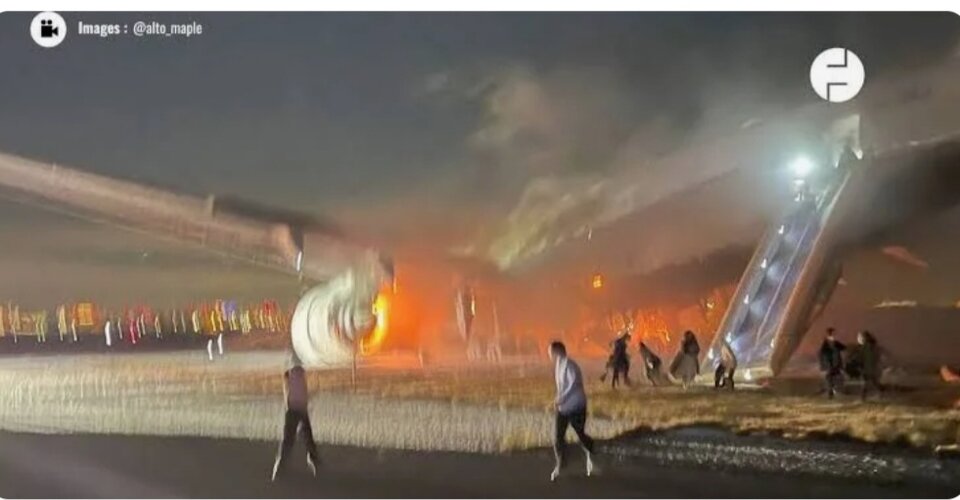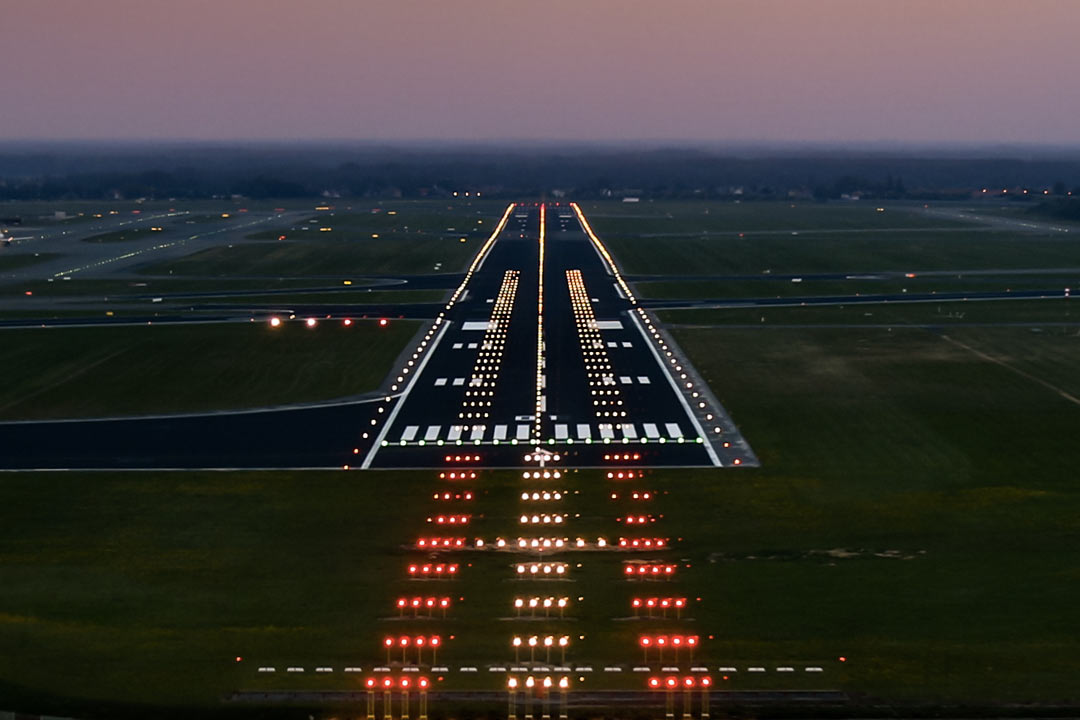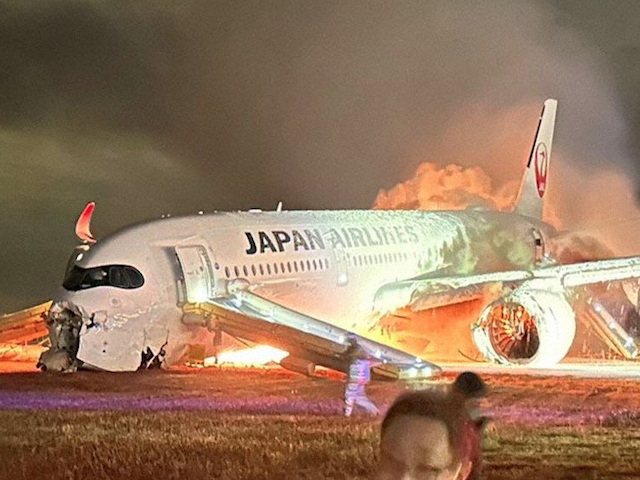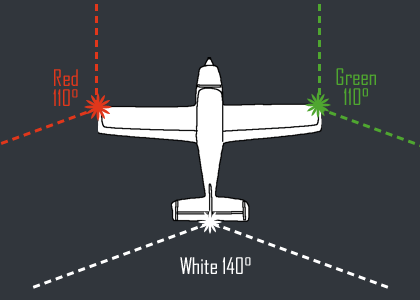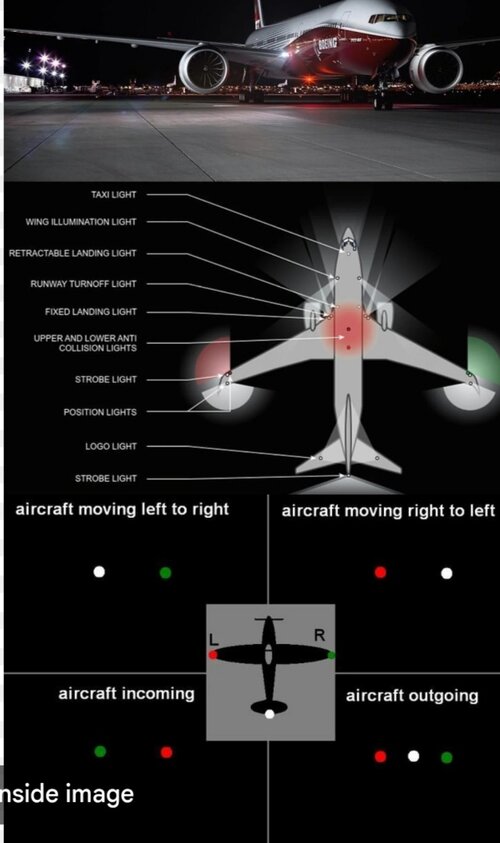No evidence of that. The Coast Guard plane was supposed to hold short of the runway and didn’t.Something probably went wrong with the A350 landing sequence.
Good summary from Pprune here:
From what we know so far, a classic case of Swiss cheese that will likely make it into future textbooks. Investigation will take months to years, but I doubt any significant new information will be added other than a more elaborate analysis of the individual holes:
The only important question remaining is why did the approach controller not notice that 34R was occupied ? Even if MA722 was not where it was supposed to be, surely HND has SMR, there should have been both visual and aural warnings as a measure of last resort.
- 34R was T/O only runway previously, JL516 was the first to use it for landing. The MA722 crew may have had a mental picture not to expect any landings on this runway. For same reason, they may not have expected the need to hold short.
- Usage of "Number one" by ATC may have further reinforced the MA722 crew, missing the "abeam C5" or misunderstanding it as hold ON RWY abeam of C5 (which is exactly what they did). While usage of English in all ATC comms in Japan is commendable, in this case it probably just added to the confusion.
- Stop bar and taxiway lighting INOP.
- JL516 and MA722 on different frequencies
- MA722 was sitting aligned on the runway for 45+ seconds. Probably Japanese culture at play, it is impolite to challenge authority or appear impatient, they were likely patiently waiting for ATC to clear them for T/O.
- DL taxied past MA722 a good 20-25 seconds before the collision, it was already out of their view and expectantly on its t/o roll as the A350 was approaching, so no extra set of eyeballs to wave off JL, as it was done in SFO.
- The combination of HUD and LED lighting probably prevented the JL crew from seeing MA722 even at close range, I'd wager they never saw what they hit.
- Visibility of a DH3 from the rear in the dark is practically nil. The only visible tail light is white, probably flooded out by runway lights, and the flashing orange upper ACL is obscured by the high tail from the approach angle. The otherwise fully warranted SOP of not using strobes until the beginning of T/O roll did not help in this case.

